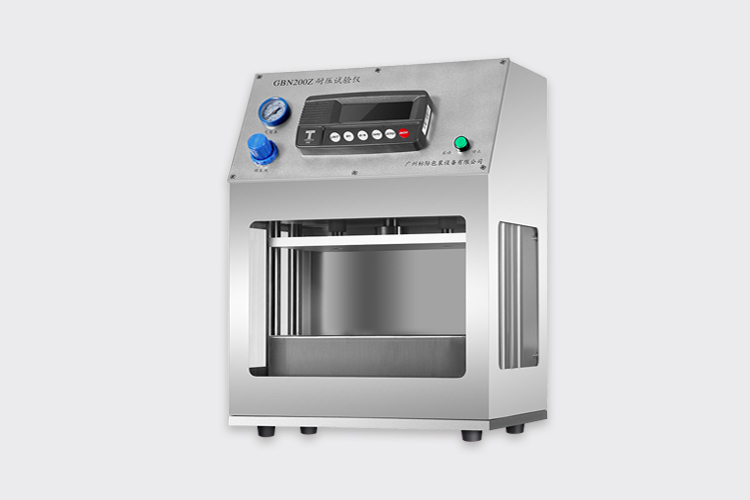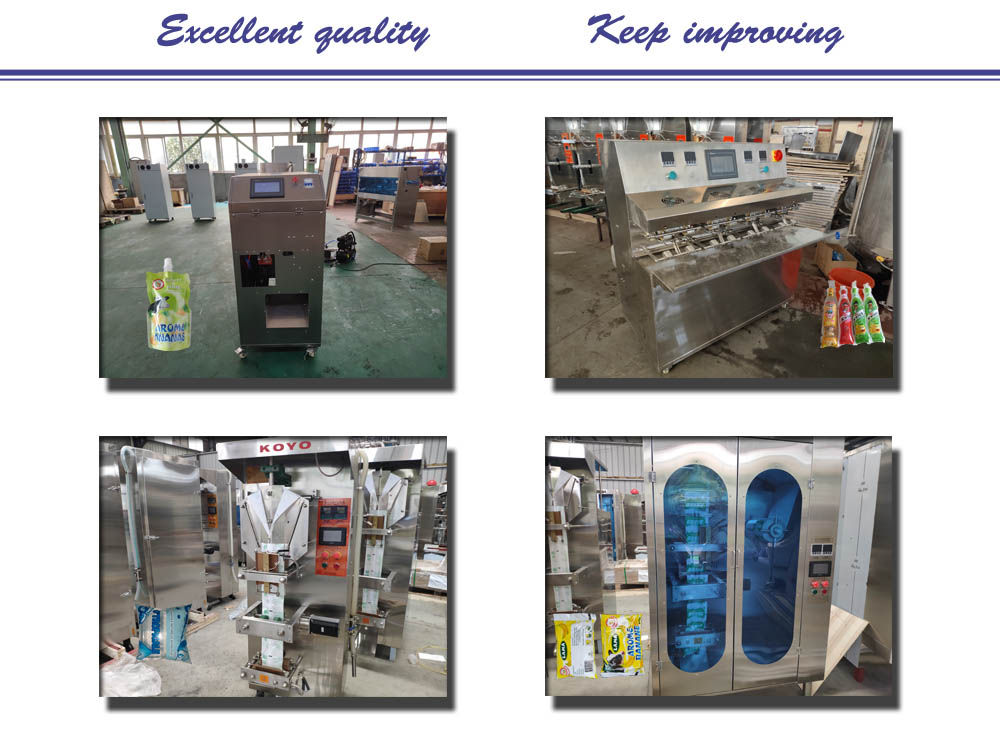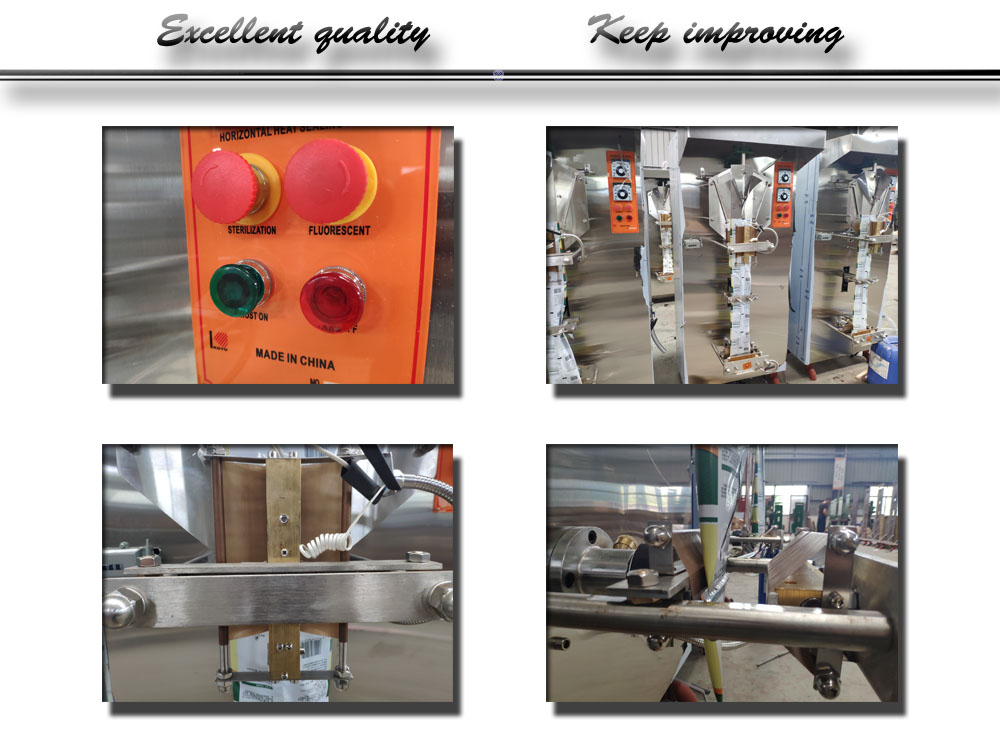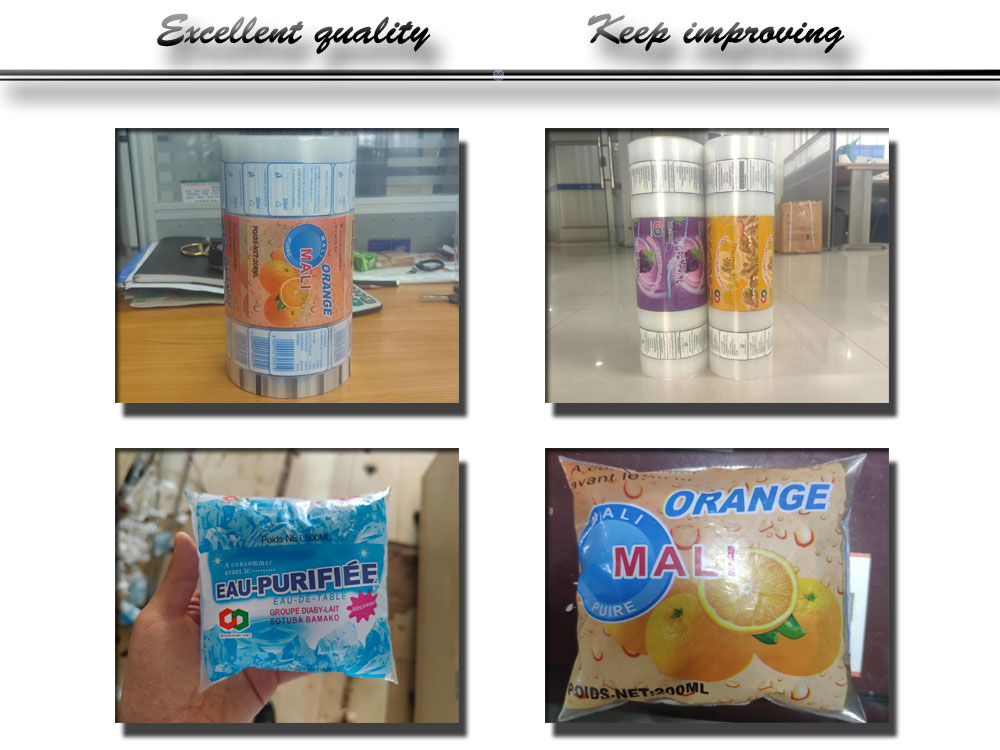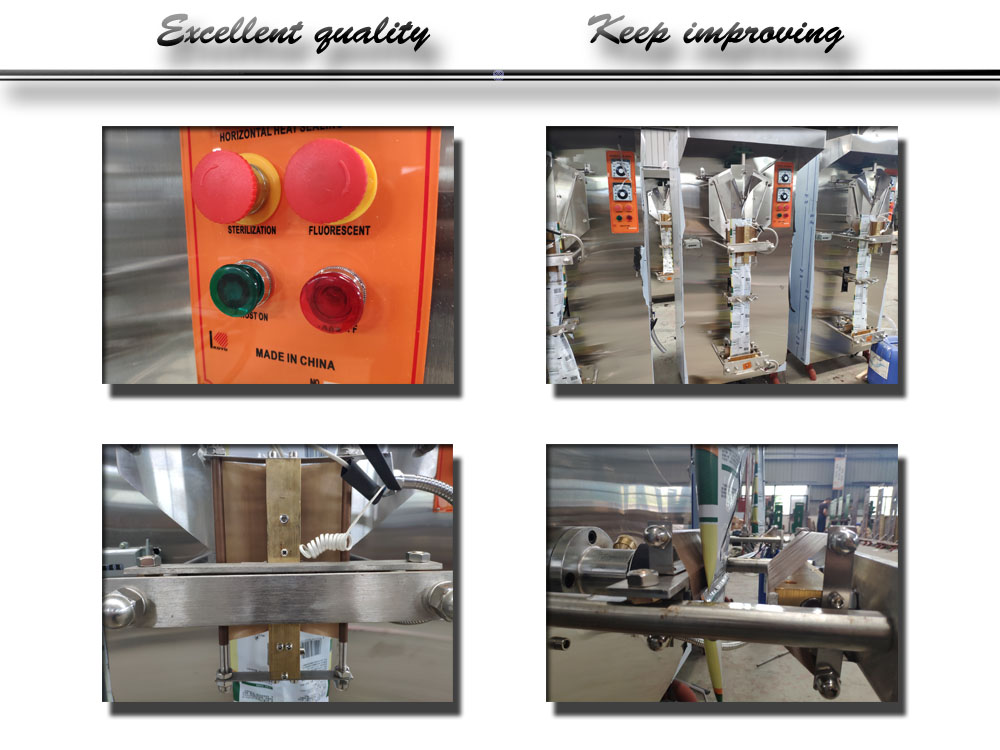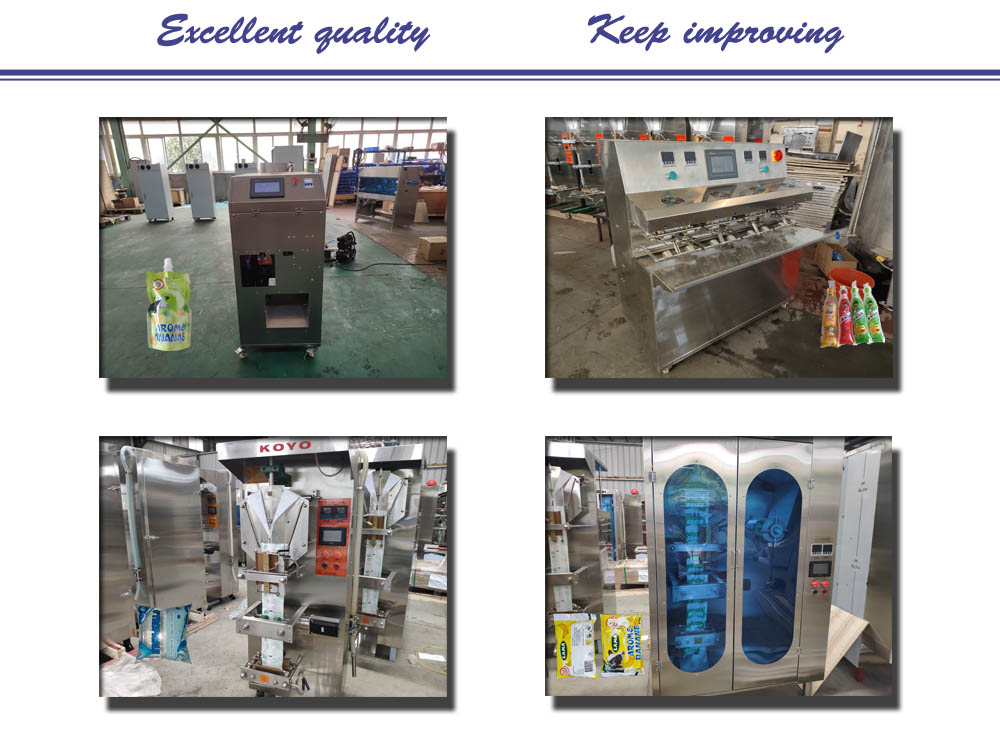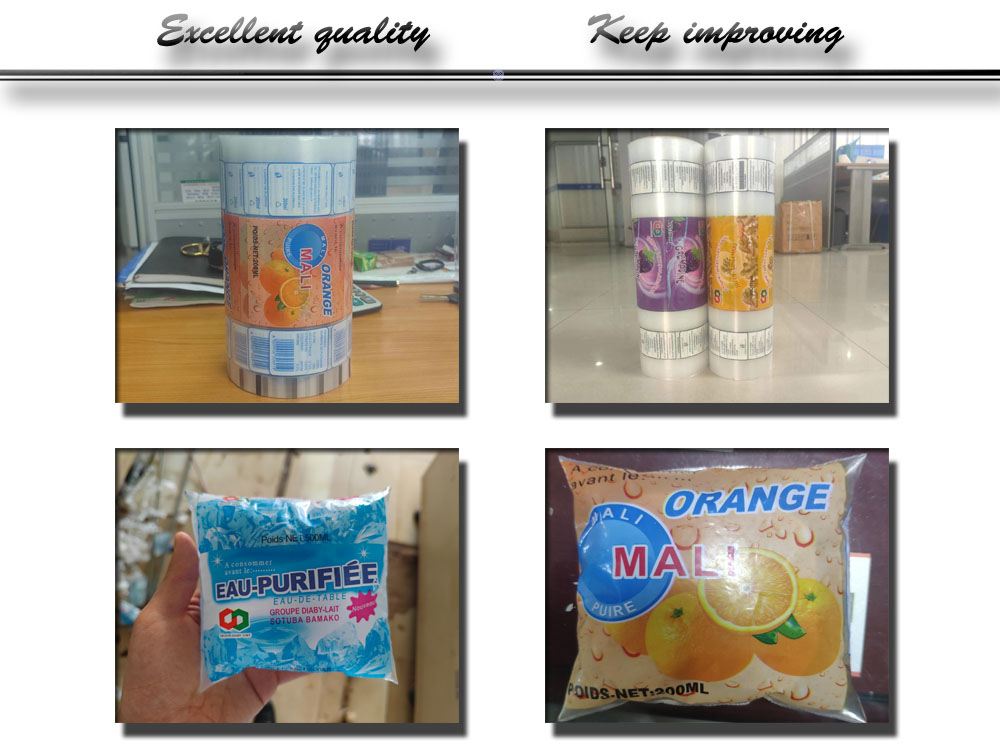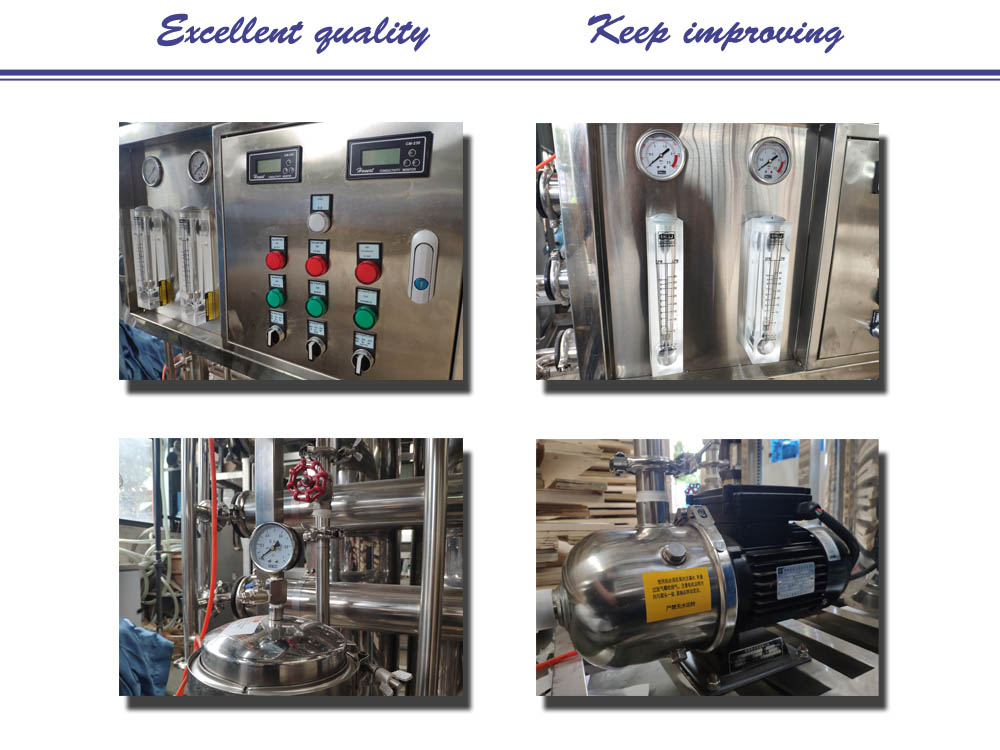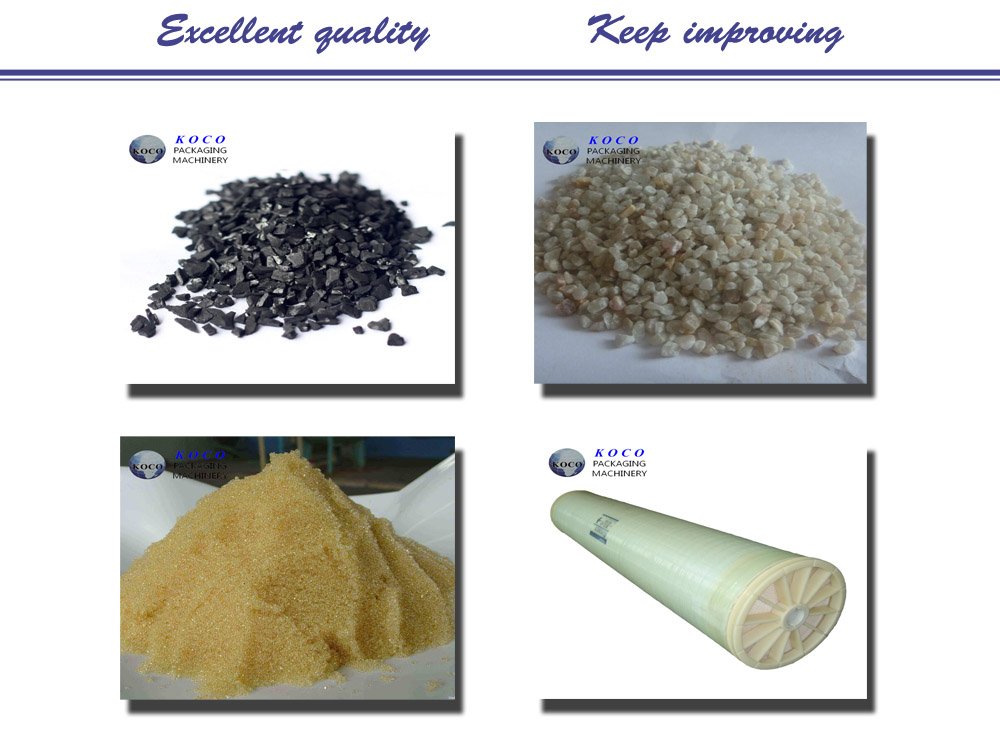Bunk beds are widely used products in residential homes, hostels, and dormitories due to the space-saving design of beds. Bunk beds are an important segment in the furniture industry; hence, the safety and sturdiness of the bunk bed are very crucial. The standard aims to ensure that bunk beds are safe, durable, and comfortable for use, particularly for children and adults, by specifying the necessary construction practices, material quality, and safety features.

Why IS 17636-2021 Is Important for Bunk Beds
This standard checks for things like:
- Load-bearing strength: Can the bed hold the right weight?
- Stability: Will it tip over if a child climbs up?
- Sharp edges: Are all edges smooth and safe?
- Guardrails: Are the side rails tall enough to stop someone from falling?
- Ladder design: Is the ladder safe and easy to climb?
Scope of IS 17636-2021
The Indian Standard IS 17636-2021 covers bunk beds’ safety and performance requirements, including:
- Strength, stability, and durability for both domestic and non-domestic use.
- Safety barriers for top beds to prevent falls.
- Design specifications, including required gaps, bed base support, and ladder stability.
- Material testing for surface finishes, load-bearing capacity, and impact resistance.
What is The Solution of IS 17636-2021 Bunk Beds
GESTER's Furniture Universal Testing Machine PLC control GT-LA10D conforms to IS 17636-2021.
Test Performance:
- Static Load of Safety Barriers
- Upwards and Downwards Static Load on Bed Base
- Impact Load of Bed Base
- Durability Test on Bed Base
- Durabllity Test of Frame and Fastenings
- Attachment and Deffection
- Vertical Static Load on Treads
- Durability of Treads
- STABILITY TEST
- Fastening of Upper Bed to Lower Bed
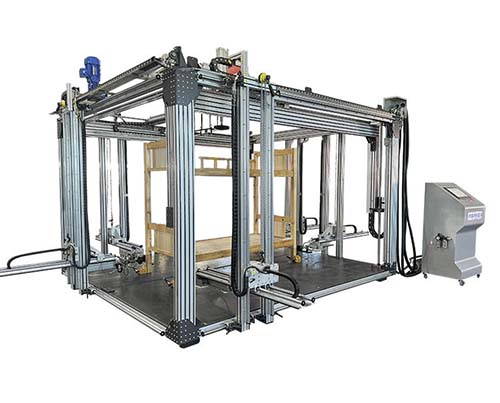
Furniture Universal Testing Machine PLC control GT-LA10D Feature
- 1. The Furniture Testing Machine adopts frame structure design. The frame is made of high quality industrial aluminum, beautiful and generous.
- 2.Up to 8 sets of loading cylinder installed, 5 sets in horizontal cylinders on each of the four sides, 2 sets of vertical cylinder and 1set of impact cylinder on top frame. All cylinders can be adjusted up and down, frontward and backward to cover all mounting surfaces. The 8 sets of cylinders can execute joint or independent operation.
- 3. The bottom fixed block is free to adjust the position to accommodate different specifications of the sample.
- 4. PLC +15 inch color touch screen to control the actions of the machine; the operation is intuitive and simple.
- 5. GESTER independent research and development unique design, adopting SMC electrical proportional valve control+cylinder drive mode way to greatly meet the international standards of force accuracy and test speed double requirements; high precision force sensor sense the force value immediately; each load group adjusts the control individually; the loading force is stable and reliable.
- 6. Removable loading pad, can easily change the different loading pad to meet the different test requirements.
Bunk beds are more than just a place to sleep. They must be safe, stable, and child-friendly. GESTER' Furniture Universal Testing Machine, Solution of IS 17636-2021 Bunk Beds, which significantly reduces the risk of accidents due to structural defects or material problems and enhances consumer trust.

